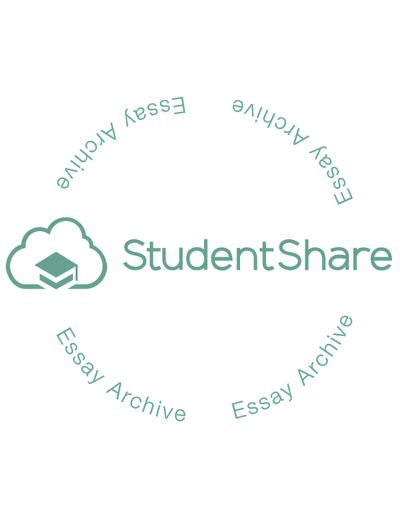Cite this document
(“Fiscal and Monetary Policy Essay Example | Topics and Well Written Essays - 1250 words”, n.d.)
Fiscal and Monetary Policy Essay Example | Topics and Well Written Essays - 1250 words. Retrieved from https://studentshare.org/macro-microeconomics/1670826-fiscal-and-monetary-policy
Fiscal and Monetary Policy Essay Example | Topics and Well Written Essays - 1250 words. Retrieved from https://studentshare.org/macro-microeconomics/1670826-fiscal-and-monetary-policy
(Fiscal and Monetary Policy Essay Example | Topics and Well Written Essays - 1250 Words)
Fiscal and Monetary Policy Essay Example | Topics and Well Written Essays - 1250 Words. https://studentshare.org/macro-microeconomics/1670826-fiscal-and-monetary-policy.
Fiscal and Monetary Policy Essay Example | Topics and Well Written Essays - 1250 Words. https://studentshare.org/macro-microeconomics/1670826-fiscal-and-monetary-policy.
“Fiscal and Monetary Policy Essay Example | Topics and Well Written Essays - 1250 Words”, n.d. https://studentshare.org/macro-microeconomics/1670826-fiscal-and-monetary-policy.


